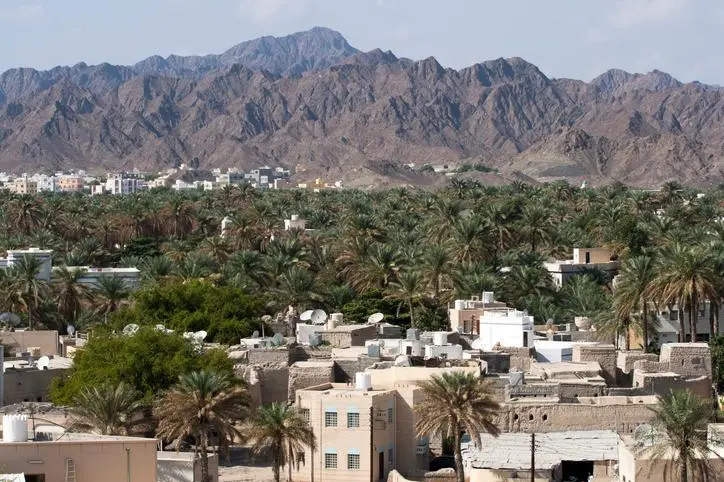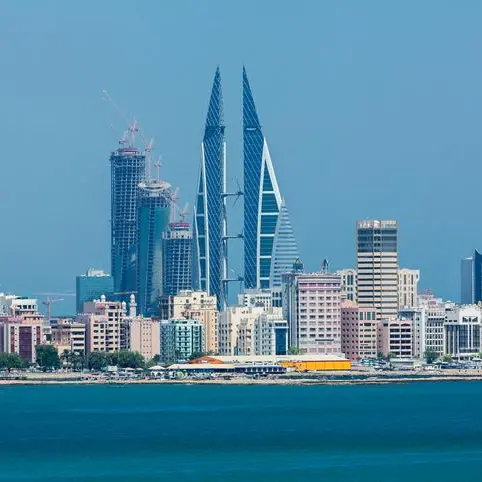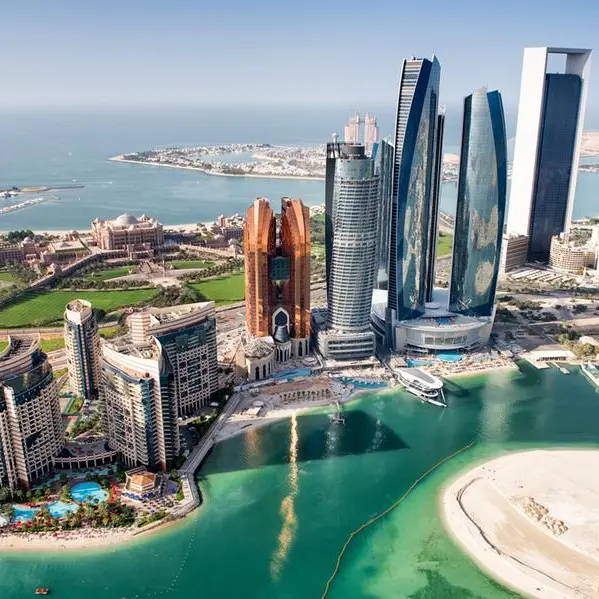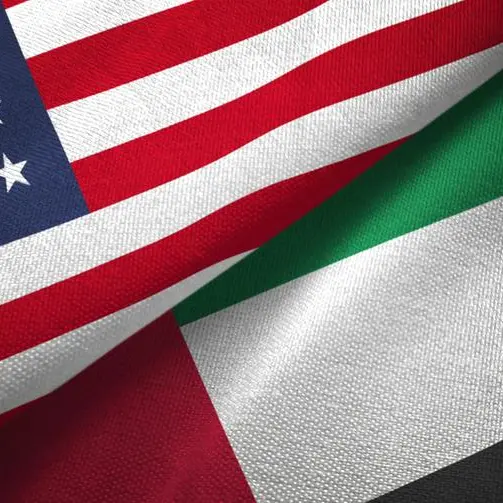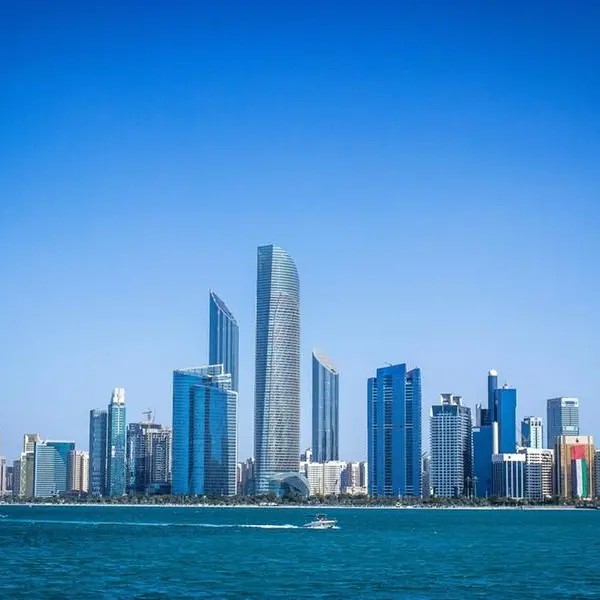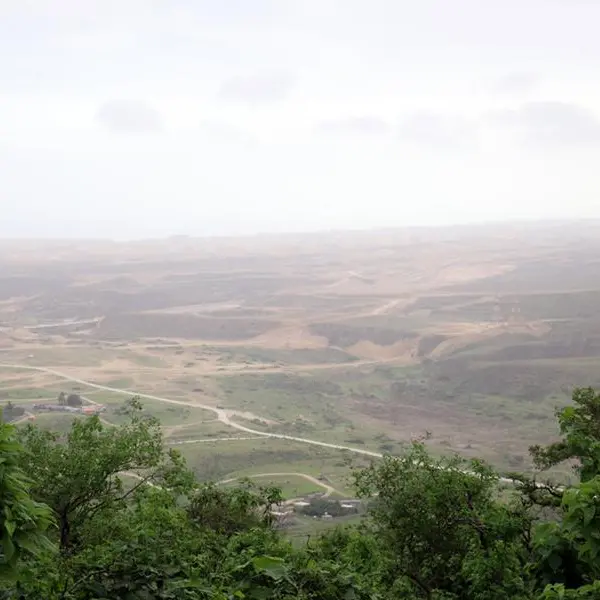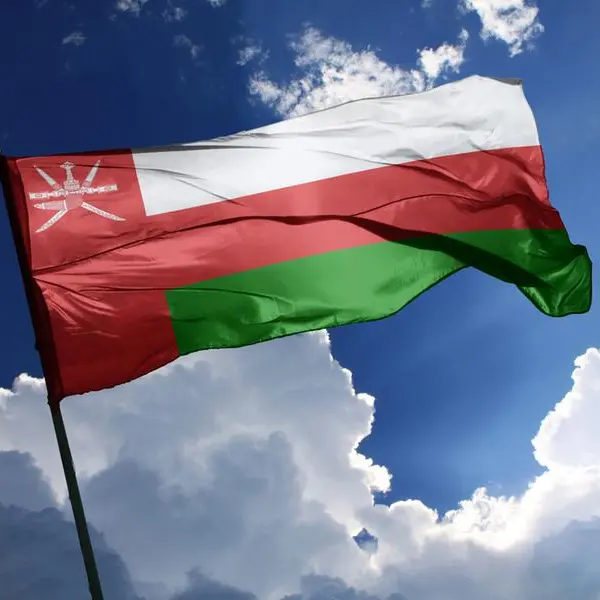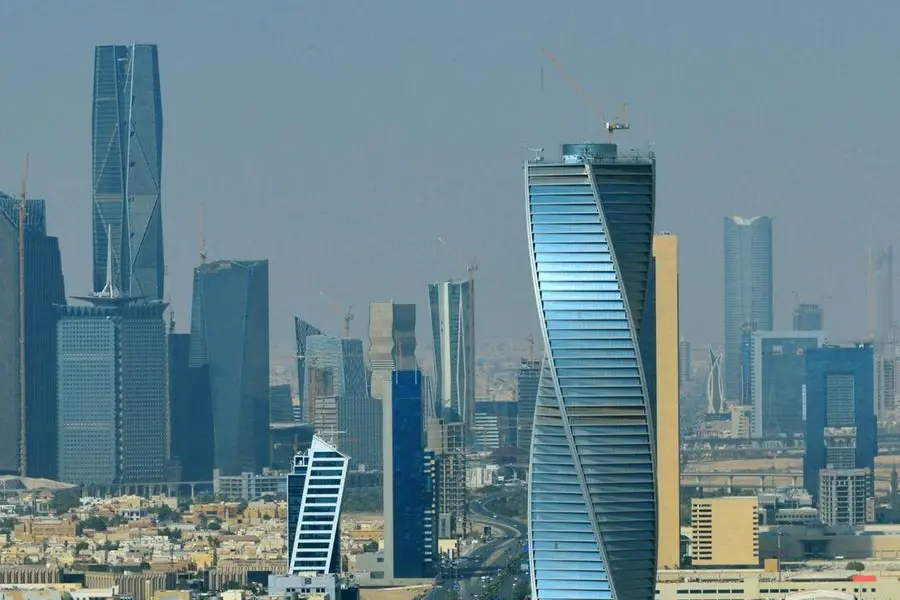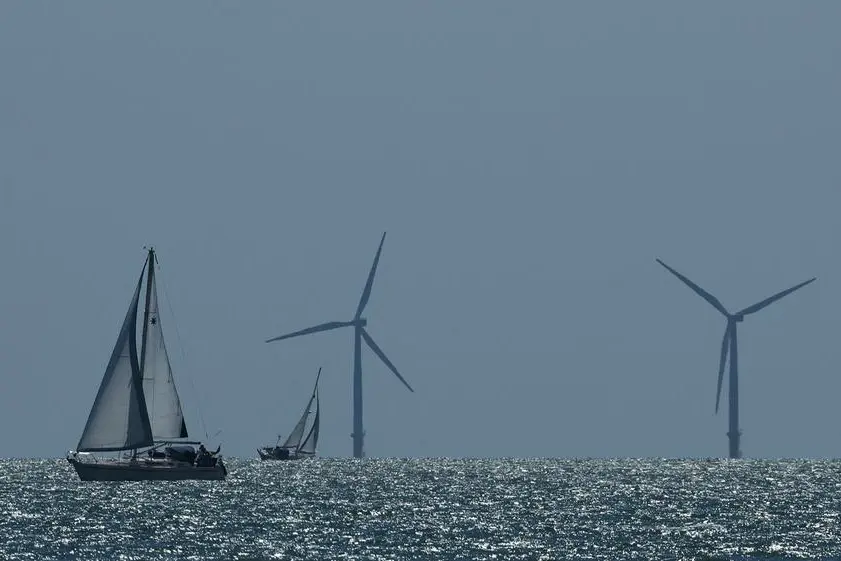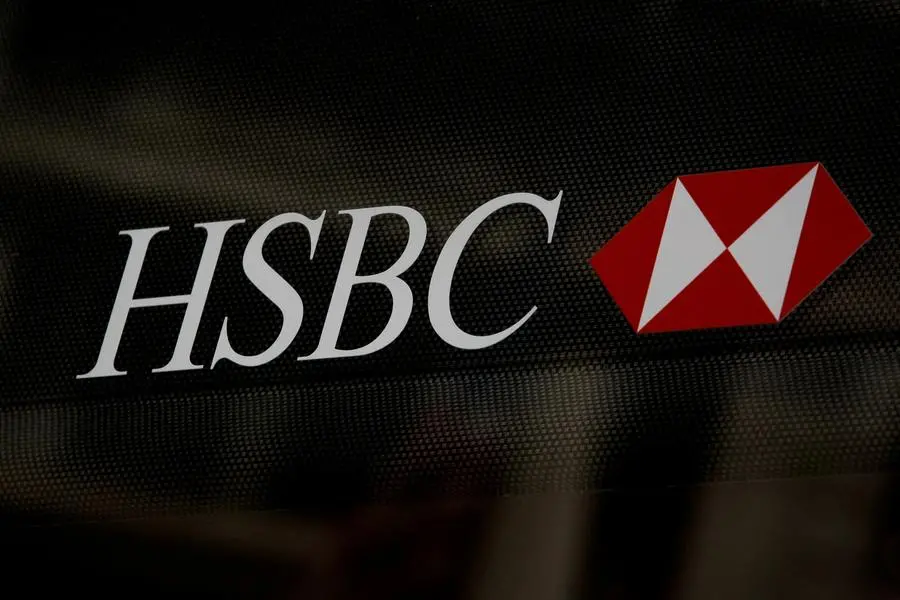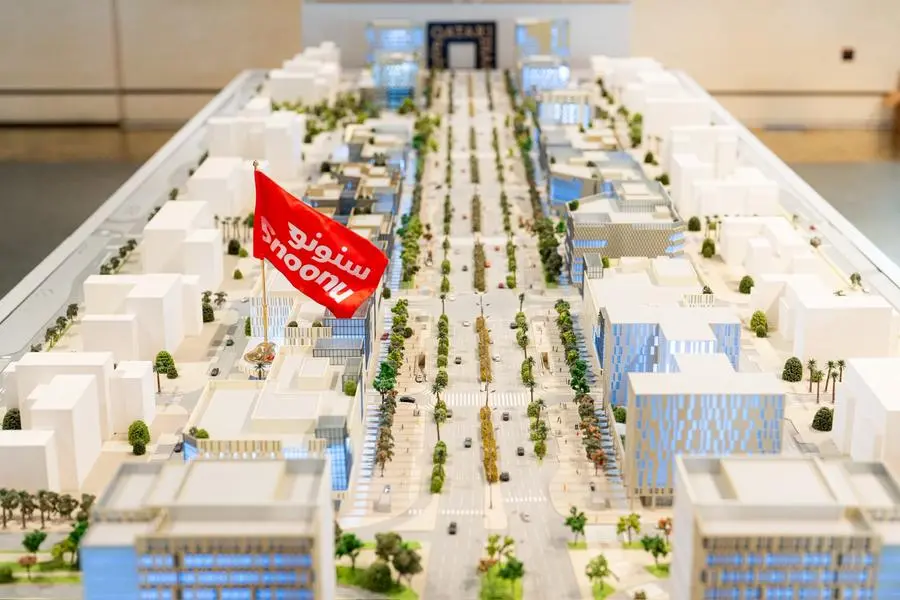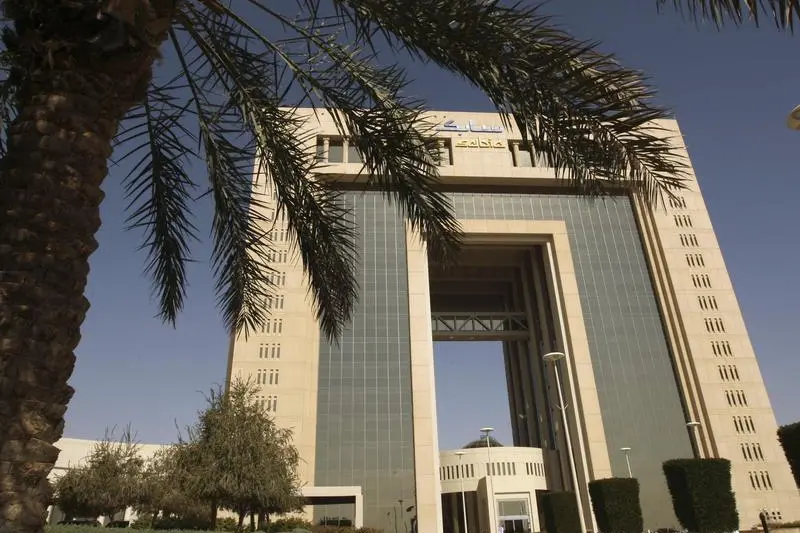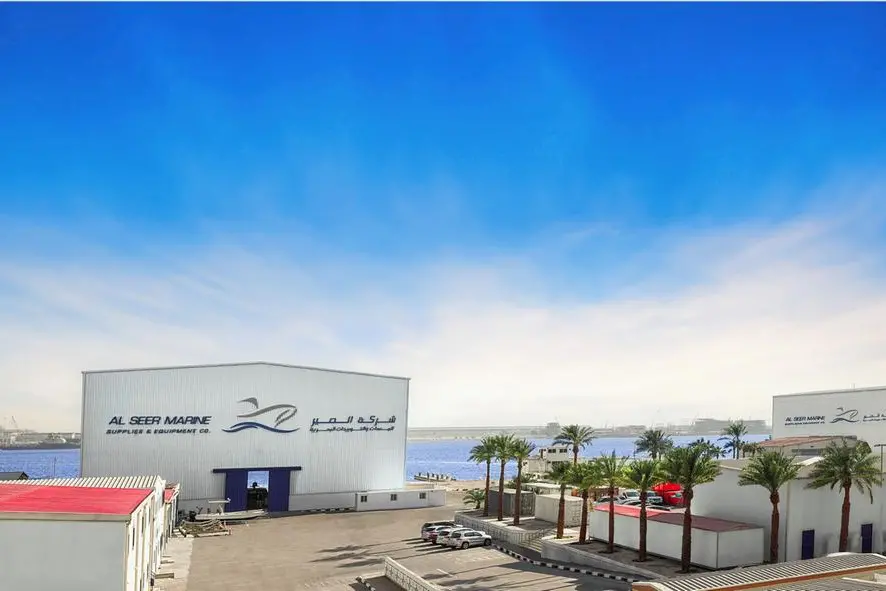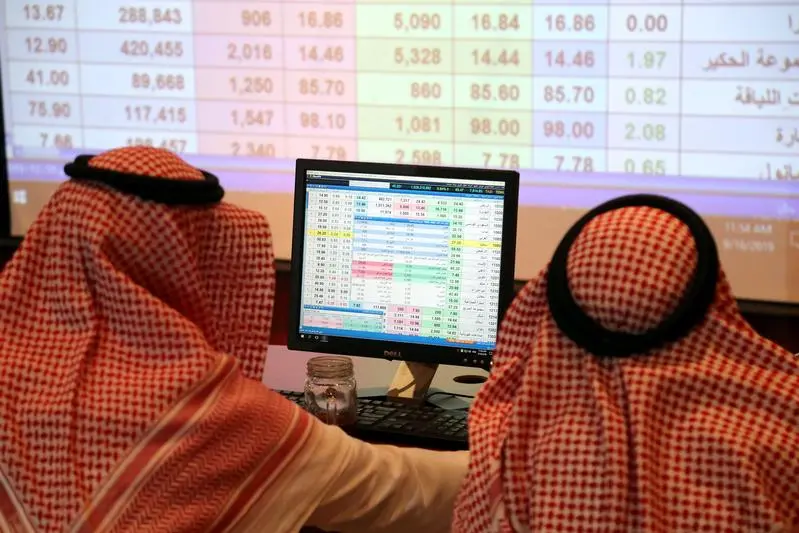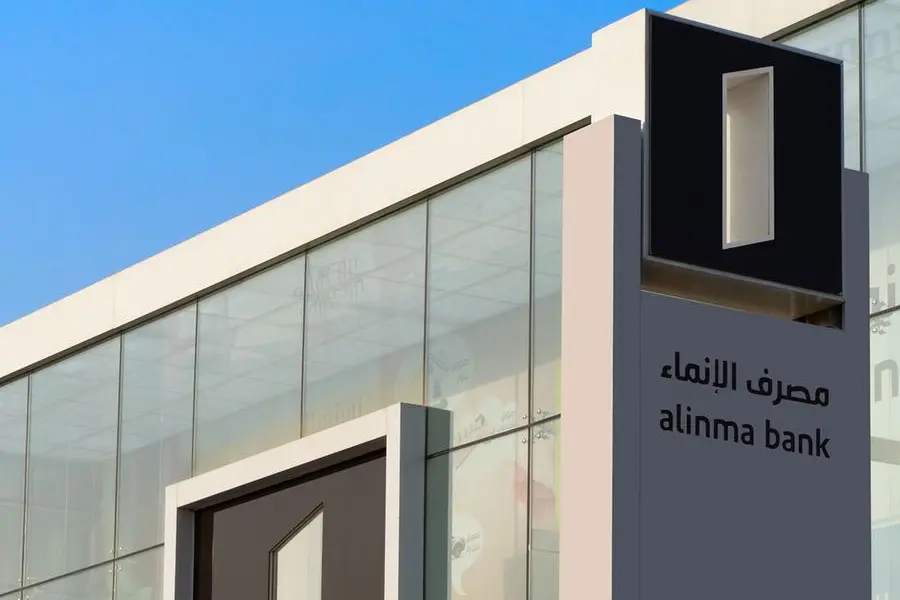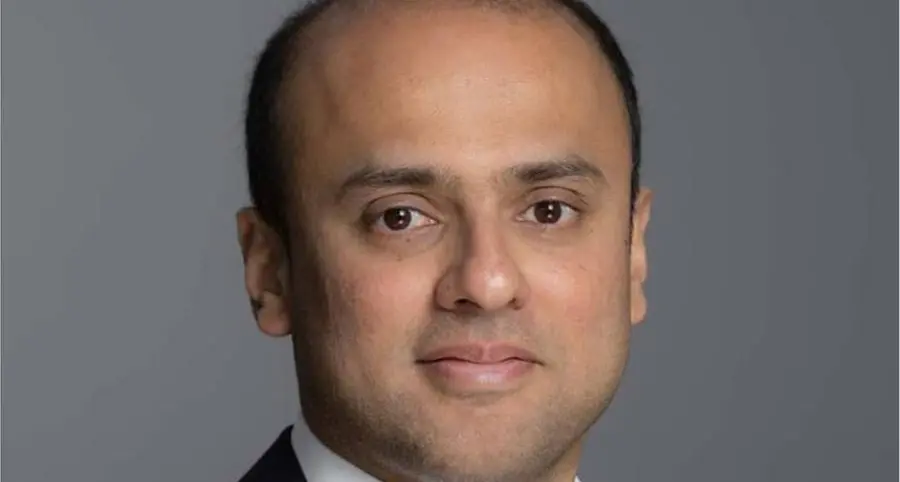PHOTO
Image used for illustrative purpose Cityview of Nizwa, Oman. Reuters
In an age dominated by grand national visions, Oman’s latest performance report of its 10th Five Year Plan, spanning the 2021–Q1 2025 timeframe, stands apart—not for its rhetoric, but for its results. While other nations amplify ambitions, Oman quantifies them. And what the numbers now reveal is nothing short of a silent transformation—precise, purposeful, and increasingly irreversible.
This transformation—guided by Oman Vision 2040—is not being proclaimed with slogans, but evidenced through percentages. From digital government to clean water access, from economic diversification to governance reform, the performance report issued recently by the Ministry of Finance underscores the progress Oman is making on multiple fronts, consistently and measurably.
STRATEGIC PLANNING THAT PRODUCES
At the heart of the report lies a compelling headline figure: 44.9% cumulative improvement in national performance indicators over just four years. This is not a marginal shift—it is a recalibration of how governance, services, and citizen engagement function in the Sultanate.
The government’s success in digital transformation is among the most visible. 85% of services are now accessible online, and 90% of citizens use digital identity systems, enabling faster, more transparent public services. Digital infrastructure readiness stands at 95%, while AI integration in government functions has reached 20%—a significant foundation for the next generation of smart governance.
This is not just about technology; it’s about access. Digital service satisfaction now stands at 80%, and 81% of public sector services have been automated, cutting red tape and raising accountability.
HEALTHCARE THAT DELIVERS
Healthcare is one of Oman’s standout reform areas. Preventive health service coverage has reached 95%, and public satisfaction with the sector stands at 86%. The digitisation of medical records has ensured 90% of patients can now access their health data with ease.
Key outcomes include a 4.6% increase in life expectancy, and an 11.9% decline in infant mortality since 2021—proof that investment in the healthcare system is not only improving systems, but saving lives. The health insurance coverage rate stands at 92%, and health system efficiency has improved by 6.1%—figures that show strategic policies are translating into tangible gains.
AN ECONOMY DIVERSIFYING BY DESIGN
Despite global economic volatility, Oman’s efforts to reduce its dependence on oil are bearing fruit. The report shows an 8.7% increase in non-oil sector contribution to GDP, supported by 7.8% growth in the manufacturing sector and a 4.9% rise in SME contributions.
Public–private collaboration has become a pillar of this diversification, with a PPP success rate of 90% and private sector engagement in development at 92%. These numbers reflect not just alignment with Vision 2040, but a structural shift in how Oman’s economy is financed, built, and grown.
FDI inflows have risen by 2.0% annually, while business environment indicators improved by 2.8%, driven by ongoing regulatory reform and streamlined licensing procedures. Inflation control measures delivered a 2.6% improvement, and economic diversification indexes rose by 3.2%, signaling that Oman’s economy is expanding in both depth and scope.
EDUCATION IN SERVICE OF EMPLOYMENT
The education sector has undergone substantial reform. Tertiary enrolment stands at 60%, and a significant 86% of graduates now meet labour market needs. Vocational training participation sits at 59%, and digital literacy among youth is an impressive 95%—a critical asset for a future economy built on innovation.
Still, gaps persist. STEM graduates comprise 45% of total graduates, and only 15% of students specialise in entrepreneurship-related fields. While female labour force participation has improved to 40%, perceptions of gender equity in the workplace remain modest at 57%. These metrics will need sharper focus to meet inclusivity and competitiveness targets.
CITIES, INFRASTRUCTURE, AND SUSTAINABILITY
Urban development efforts have kept pace with citizen expectations. Access to electricity and clean water has reached 95% and 90% respectively, and 81% of the population expresses satisfaction with infrastructure.
Housing remains accessible to 83%, while smart city initiatives have achieved 59% implementation. Yet public transport coverage remains at 55%, and green infrastructure integration at 25%—areas where Oman can scale up to ensure sustainable urban living.
The environmental domain, however, is a red flag. Carbon emissions dropped only 0.6%, and waste recycling remains at 14%. Environmental awareness is just 28%, while air quality and water efficiency compliance both sit at 72%. Without greater policy innovation and public mobilisation, Oman risks lagging behind on sustainability, even as it leads in infrastructure.
Where Oman is leading regionally—and arguably internationally—is in governance reform. Transparency indicators are at 86%, accountability mechanisms score 91%, and anti-corruption efforts are rated at 85%.
This new culture of statecraft is supported by 72% e-participation and 50% citizen engagement in policymaking—numbers that are expected to rise as decentralisation efforts and municipal reforms take hold.
The report’s closing message is clear: Oman is not improvising. It is delivering.
Over 70% of Vision 2040 performance indicators have either met or exceeded benchmarks. And yet, rather than declare victory, the government is pressing forward—identifying regional disparities, calling for stronger environmental frameworks, and encouraging private sector competitiveness.
If the next five years mirror the momentum of the last, Oman may not just reach its Vision 2040 goals—it may arrive early, and stronger than anticipated.
Qasim Al Maashani 2022 © All right reserved for Oman Establishment for Press, Publication and Advertising (OEPPA) Provided by SyndiGate Media Inc. (Syndigate.info).
